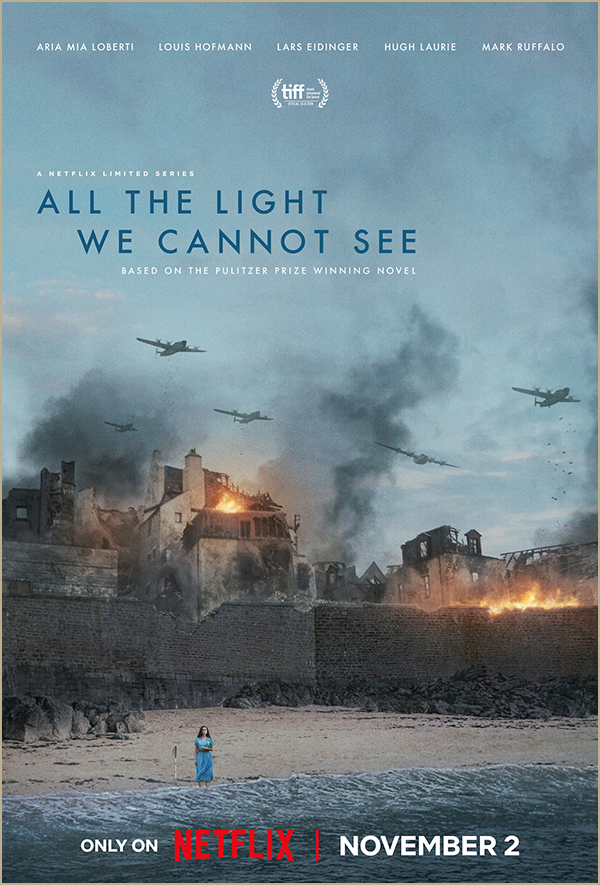
“Convergences”2024 event in Montpellier brought together experts from the entertainment industry to explore cutting technologies like real-time workflows, motion capture and USD. The Yard’s CTO, Alexis Oblet, participated in this unique event featuring case studies, discussions on industry challenges, offering practical insights for modern production pipelines.
Early December, the Cité de l’Economie et des Métiers de Demain in Montpellier, France, became a melting pot of creativity and innovation as it hosted “Convergences”, a unique event bringing together professionals from the worlds of animation, VFX, video games and audiovisual production. Organized by Ad’Occ agency, Push Start, and Montpellier ACM Siggraph, and supported by regional partners, the conferences and panel discussions offered a deep dive into the transformative role of real-time technologies, motion capture, and USD (Universal Scene Description), providing attendees with invaluable insights, real-world case studies, and open discussions on what works—and what doesn’t.
Convergence between gaming and animation & VFX
The first two themes of the day centered on convergence between gaming and the other sectors of the entertainment industry.

The event opened on how real-time technologies, mainstream in gaming, are being adopted by other sectors. Studio Manette, a 3D animation studio, shared its experience building a pipeline using Blender and Unity, highlighting benefits such as reduced rendering times that also lower energy consumption. Similarly, Praxinos detailed its creation of plugins and software for 2D animation on Unreal Engine, echoing these positive results and stressing the huge benefits in terms of asset management and versioning.
However, Philippe Leprince from Ynput presented a more tempered perspective, discussing the limitations of real-time tools in traditional animation and VFX industries. He pointed out that the priorities of large-scale productions often clash with the constraints of real-time workflows, yet he acknowledged their effectiveness for previsualization, storyboarding, low-cost episodic animation, and virtual production.

This transitioned seamlessly into the morning’s second theme, showcasing the diverse services offered by Les Tontons Truqueurs. These include their cutting-edge facilities within France Télévisions’ V Studios, where they specialize in real-time previsualization and virtual production, as well as motion capture (mocap) services.
The second session expanded on mocap’s transformative role, with examples from Ubisoft and Nacon illustrating how this technology bridges gaming assets and cinematic storytelling. These case studies highlighted how regional companies collaborate and cross-pollinate expertise to explore innovative use cases, reinforcing the value of local partnerships.
USD: Insights from Industry Experts

The USD-focused session, curated by Flavio Perez, president of Montpellier ACM Siggraph, brought together speakers from diverse sectors of the entertainment industry. Representatives from advertising VFX studio Illogic Studio, alongside animation studios Superprod and Illumination and VFX studio The Yard, shared their unique perspectives on implementing USD. Each participant provided insights into their reasons for adopting USD, the implementation process, and the challenges they encountered.
Alexis Oblet, CTO of The Yard, offered a detailed view of USD’s role in managing more and more complex environments on international VFX productions. He explained that since 2022 with All The Light We Cannot See, and then in 2023 with Halo Season 2 and The Rings of Power – Season 2, The Yard had to deal with projects involving massive instancing and multiple rendering engines.

The USD framework usage at The Yard is primarily designed to leverage low-level performance for reading and parallel evaluation. Its assembly mechanism, provided by internal tools, enables the recombination of complex scenes from various source types using configurable rules. Since the level of USD integration varies across different software, The Yard aims to establish an architecture that facilitates seamless integration with other render engines and DCC (Digital Content Creation) software.
The Yard Technology team also developed custom tools and benchmarks for rendering engines to address performance, interoperability, and memory optimization evaluation.
The session underscored that there is no universal approach to USD implementation. Results can vary based on rendering engines, and the process often involves trial-and-error exploration with no guaranteed outcomes. Attendees left with a clear understanding of USD’s potential and limitations, as well as the importance of tailoring its integration to specific project needs.

By fostering open dialogue and sharing practical insights, “Convergence” equipped attendees with the tools and knowledge to navigate the challenges of modern production pipelines. While technologies like real-time and USD offer immense potential, their successful implementation requires a technology strategy supported by thoughtful planning, a willingness to adapt, and continuous learning.
The critical need for specialized training in these rapidly evolving fields was also a recurrent theme. Professionals emphasized the lack of formal educational programs or even implementation guides despite the large number of publications, making self-learning and on-the-job training essential. Additionally, fostering a culture of change management and adoption will be vital for future success. As the industries continue to evolve, events like « Convergences » will remain instrumental in driving innovation and collaboration, by providing a platform for professionals to meet and share lessons learnt.


